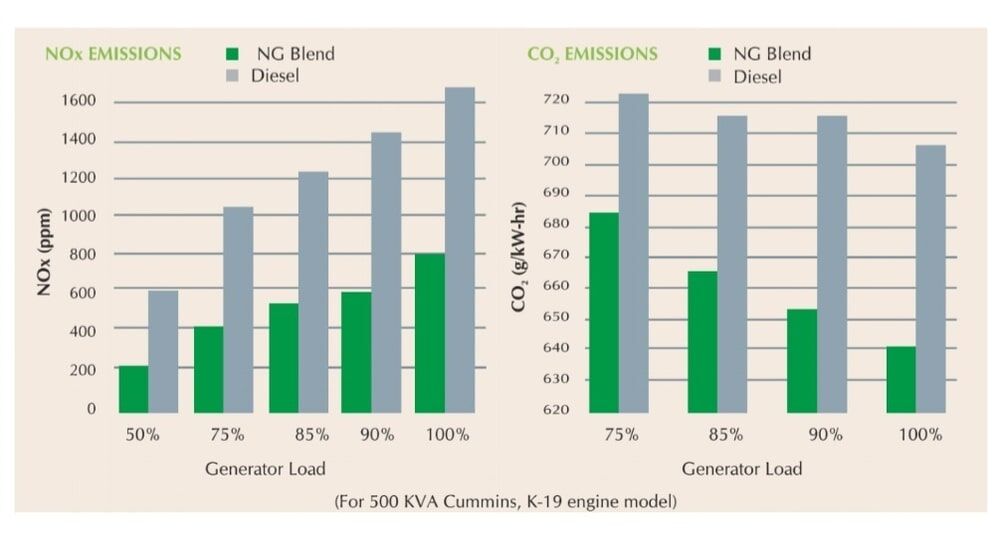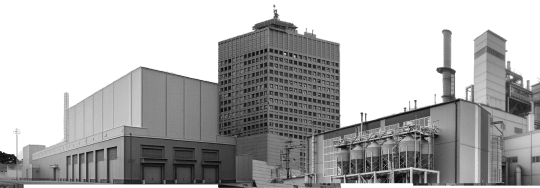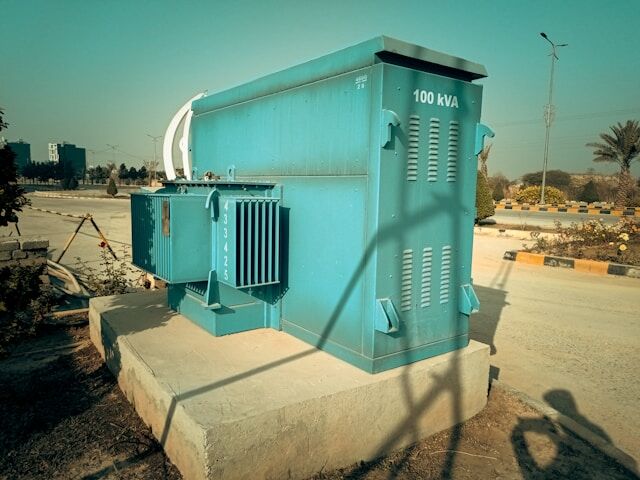In the news
The Supreme Court-appointed Environmental Pollution Control Authority (EPCA) is enforcing a ban on the use of diesel generators in the National Capital Region. The ban starts on October 15, 2019, and is expected to last until March 15, 2020. This measure is part of the Graded Response Action Plan (GRAP) and includes the deployment of other anti-pollution actions.
The ban on diesel generators was first introduced during the 2017 winter pollution cycle. Areas outside Delhi were exempted due to inadequate power supply infrastructure. This year, however, no such concession will be given. We have provided the state governments enough time to improve their power supply situation,” said Bhure Lal, chairman, EPCA.The EPCA considers the ban essential for reducing air pollution in Delhi. Furthermore, pollutants from neighboring cities like Gurugram, Faridabad, and Panipat significantly worsen the capital’s air quality.
Story of the Diesel Genset
Diesel generators have offered Indian citizens a trustworthy and reliable power supply amidst anxiety-inducing and erratic grid disruptions. As a result, entire industries and neighborhoods rely on diesel gensets for their smooth functioning and operations on a daily basis. Generators serve as external power sources, acting as lifelines to ensure essential activities dependent on electricity continue uninterrupted. Haryana faces significant challenges with inadequate infrastructure and transmission constraints, leaving several areas without any power connection. Entire residential sectors in Gurugram similarly lack access to grid electricity. To bridge the gap, Diesel Generators serve as the primary power source for thousands of residents in these regions.
Even though Diesel Generators provide reliable power supply, they are highly polluting. DGs emit significant amounts of NOx and PM 2.5 to the air. NOx is one of the largest contributors to the infamous Delhi Smog. Diesel is also infamous for its high sulphur concentration, which leads to formation for Sulphur Dioxide upon its burning.
Facts & Figures
According to the EPCA Air Pollution Report Card (2017-2018), DGs are responsible for 6% of the NOX Pollution in NCR (Figure 1).

Figure 1: EPCA Air Pollution Report Card (2017-2018)
In a 2019 report by CEEW, titled “What is Polluting Delhi’s Air? Understanding Uncertainties in Emissions Inventory”, it is estimated that PM10 emissions caused by DGs range from 0.0%-1% and PM2.5 range from 0.0%-2.1% (SAFAR, IIT-K).
However, all the research on DG usage and emissions is based on secondary data obtained from Generator Suppliers, DPCC and Chief Electrical Inspectors. The lack of primary data from unbiased parties hamper the process of monitoring real emissions from these sources. It is imperative to measure PM, NOx, CO2, SOx in operational generators in real time to obtain an accurate understanding of emissions profile and to aid EPCA/CEEW research in the future.
Need of the hour: Dual Fuel Generators
Every commercial, industrial, or residential building in Delhi NCR uses diesel generators for backup power. They ensure electricity during outages. Banning the use of these generators leaves consumers and business with no reliable back up power.DGs are capital-intensive assets. Natural Gas Generators cost at least three times more than Diesel Generators. Businesses and consumers cannot afford to do away with Diesel Generators and buy new Natural Gas Generators. However, an old diesel generator can be retrofitted into a dual-fuel generator. This allows the same Diesel Generator to now use upto 70% of Natural Gas. This conversion doesn’t alter the engine performance, or in anyway derate the generator.

Figure 2: Results of an emissions test conducted on an Indian Cummins 500 kVA KTA-19 in am EPA certified facility in Denver, Colorado
The existing DGs can be converted to natural gas hybrids, reducing NOx emissions by 50-70% and CO₂
emissions by 10%.(Figure 2). Shockingly, the current CPCB emission guidelines have set set identical limits for diesel, natural gas, and dual-fuel generators. These guidelines apply only to new generators introduced by OEMs into the Indian market. There is no mechanism to monitor emissions at the end-user level.
Natural Gas hybrid generators unlock permanent long term emissions reduction while reducing the cost of fuel consumption in the generators. Additionally, the Dual Fuel Generator reduces the cost of back up power by upto 30%.
A unit of electricity produced by a Dual Fuel Generator is ~ ₹5 cheaper than a unit of electricity produced by a DG.
The Dual Fuel transition proves to be economical and viable for the current policy narrative. This is because a new Natural Gas generator is 3 times the cost of a DG.
Most industries plan to continue using diesel generators and pay fines, as shutdowns during outages are not viable. In some cases, shutdowns cause more pollution. For instance, a power outage over 5 minutes in Panipat’s dyeing industry wastes all water and steam. Without electricity, the Effluent Treatment Plant (ETP) halts biological processes, killing bacteria vital for the process. This exponentially increases effluent levels in water released from the facility.
Dual Fuel Generators provide the perfect solution to consumers, who now can utilise their existing capital intensive asset (DG), at the same time lowering emissions and operating fuel costs.
Click here to learn more about how Energeia helped one of its clients to convert their Deisel Generator to a Natural Gas hybrid while reducing their costs and emissions.
Contact Energeia to convert your diesel generators to natural gas hybrids today







